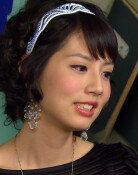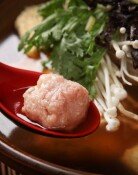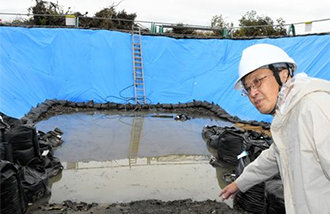Yellow Dust

Seouls yellow dust has increased the number of the citys respiratory ailment-related doctors visits, according to the Ministry of Environment (MOE).
The concentration of fine dust (PM10) in Seoul during last years yellow dust season reached 753μg per cubic meter an hour, 13 times higher than the usual average of 58μg.
In many cases, yellow dust is such a temporary phenomenon that you can avoid illnesses induced by copper, lead, cadmium and other heavy metals. But it can cause a variety of allergic responses if it accumulates on the nose, eyes and skin, warned Professor Kang Byung-sung of the Department of Industrial Medicine at Kangbuk Samsung Hospital.
Yellow Dust disorders, and how to prevent them-
Fine dust and the heavy metals in yellow dust irritate the mucous membranes in the human body. They affect the eyes, nose, neck and skin, resulting in allergic reactions.
The hardest hit areas are the eyes, which suffer from itchiness, tear flow, and hyperemia.
When yellow dust is present, those who usually wear contact lenses should choose glasses or sunglasses instead so that the dust does not directly get into the eyes. When wind accompanies yellow dust conditions, one should avoid meeting the wind face-to-face.
If your eyes become bloodshot, you should first alleviate the symptoms by applying an ice bag around your eyes. When washing your face, you should be careful not to let soap bubbles into your eyes. Those who usually have sore eyes may use teardrops.
Those facing the biggest risk during yellow dust season are patients with chronic obstructive pulmonary disease (COPD) and asthma, who appear in emergency rooms due to severe coughing and difficult breathing. COPD sufferers have chronic bronchitis or pulmonary emphysema that causes damage to the alveolus.
Patients with those illnesses should always wear masks when going out. Disposable masks and dust-proof masks used in hospitals can help. For preventive purposes, asthma patients should take the medicines they usually take in advance. When leaving the house, they should cover any body parts that might be possibly affected as best they can.
After coming back indoors, you should make it a habit to shake off the dust outdoors before entering the house. After shaking the dust off, apply lotions or creams so to moisturize your skin.
By moisturizing than usual, you create a defensive wall on your body. When your nose, mouth and bronchial tissues are moist, most of the dust is filtered out there in the first place, said Professor Yoon Ho-joo of the Department of Respiratory Internal Medicine at Hanyang University Hospital.
At home, you should turn on a humidifier and clean your house frequently with a wet mop.
Meanwhile, the elderly and children should refrain from going out on days when the concentration of fine dust exceeds 500μg per cubic meter.
Jin-Han Lee likeday@donga.com







